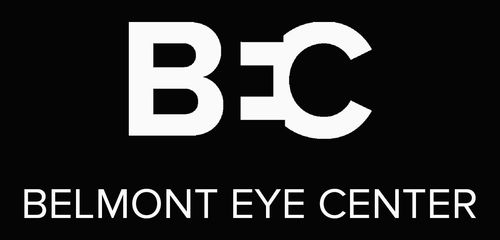Cataracts are one of the most common eye conditions affecting aging adults. Characterized by the gradual clouding of the eye’s natural lens, cataracts develop slowly over time and can significantly impair vision if left untreated. According to the National Eye Institute, more than half of all Americans either have a cataract or have undergone cataract surgery by the age of 80.
What Is a Cataract?
A cataract forms when proteins in the eye’s lens begin to break down and clump together. This process, often linked to aging and oxidative damage, causes the lens to become cloudy and less flexible. As a result, light cannot pass through the lens clearly, leading to blurry or dim vision. Over time, the lens may become completely opaque, causing significant vision impairment or blindness.
Early Symptoms of Cataracts
Cataracts often develop gradually, which means symptoms may not be immediately noticeable. Common signs include:
-
Blurred or cloudy vision
-
Difficulty seeing at night or in low light
-
Increased sensitivity to glare
-
Fading or yellowing of colors
-
Seeing halos around lights
-
Frequent changes in eyeglass or contact lens prescriptions
If you’re experiencing one or more of these symptoms, it’s important to schedule an eye exam to determine if cataracts are the cause.
Non-Surgical Management in Early Stages
In the early stages, cataracts may be managed without surgery. Options include:
-
Stronger prescription eyeglasses or contact lenses
-
Magnifying lenses for reading and other close-up tasks
-
Brighter lighting in living and working environments
While these measures can improve quality of life temporarily, they do not stop the progression of cataracts.
Cataract Surgery: A Safe and Effective Solution
Once cataracts begin to interfere significantly with daily activities, surgery becomes the most effective treatment. Modern cataract surgery is highly advanced, safe, and performed on an outpatient basis.
Laser-Assisted Cataract Surgery:
For eligible patients, laser-assisted cataract surgery offers a more precise and efficient alternative to traditional manual techniques. A femtosecond laser is used to make incisions and soften the lens, which can result in better outcomes and a faster recovery time.
Intraocular Lens (IOL) Implants:
During cataract surgery, the cloudy lens is removed and replaced with a clear intraocular lens (IOL). There are several types of IOLs to meet different vision needs:
-
Monofocal IOLs: Provide clear vision at a single distance (usually far), but reading glasses may still be needed.
-
Multifocal IOLs: Designed to restore both distance and near vision, reducing dependence on glasses.
-
Toric IOLs: Specially designed to correct astigmatism and provide sharper vision without the need for additional correction.
Who Is at Risk for Cataracts?
Several factors can increase your risk of developing cataracts, including:
-
Aging
-
Smoking
-
Diabetes
-
Prolonged exposure to UV sunlight
-
Use of corticosteroid medications
-
Family history of cataracts
-
Eye injury or inflammation
When to See an Eye Doctor
If you’re over the age of 40 and beginning to notice changes in your vision, it’s important to have regular comprehensive eye exams. Detecting cataracts early can help preserve your vision and determine the best time for surgery if needed.
Looking for Cataract Treatment in New York City?
At Belmont Eye Center, we offer advanced cataract diagnosis and treatment options, including laser-assisted cataract surgery and premium IOL implants. Our experienced team is dedicated to providing you with the safest, most effective solutions to restore and protect your vision.
📞 Call us today to schedule your cataract consultation or visit BelmontEyeCenter.com to learn more.
